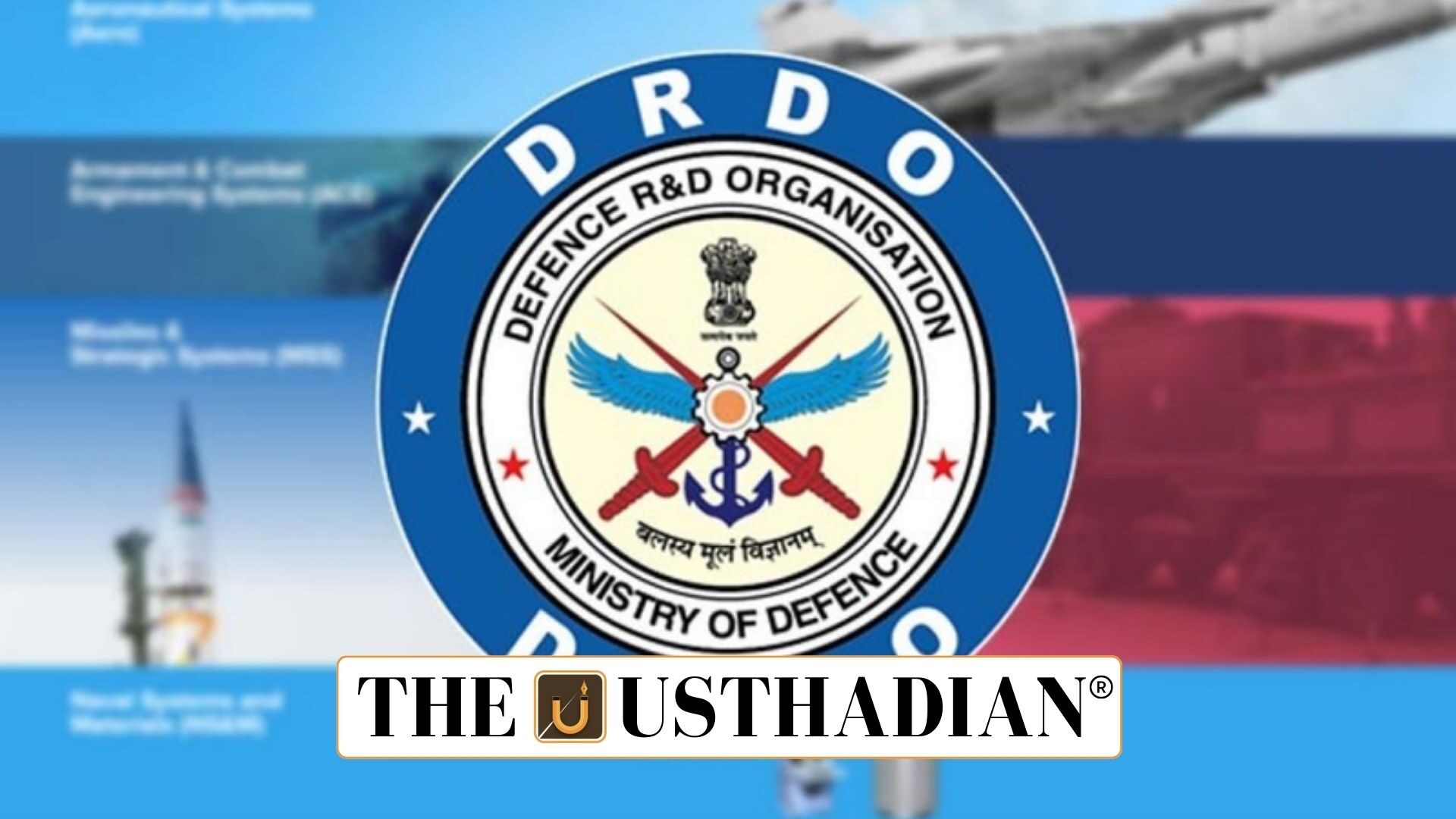Advanced technologies handed to industry
DRDO Boosts Self Reliance with Defence Materials Transfer: The Defence Research and Development Organisation (DRDO) transferred three key defence material technologies to Indian industry partners on 30 August 2025. The technologies were developed by the Defence Metallurgical Research Laboratory (DMRL), Hyderabad, a premier DRDO lab specializing in advanced alloys and materials.
The transfer was formalized through Licensing Agreements for Transfer of Technology (LAToT), handed over by DRDO Chairman Samir V. Kamat. This event strengthens the Atmanirbhar Bharat initiative in the defence sector.
Static GK fact: DRDO was established in 1958 and currently operates more than 50 laboratories across India.
High strength radome manufacturing
The first technology involves high-strength radome manufacturing, transferred to BHEL Jagdishpur. Radomes are protective covers for missile and radar sensors, critical for stealth and aerodynamic efficiency.
This indigenous capability reduces dependence on foreign suppliers, boosting India’s missile programme. Such radomes combine thermal resistance with high durability, ensuring reliability in advanced defence systems.
Static GK Tip: The term “radome” comes from “radar” + “dome.”
DMR 1700 ultra-strong steel
The second transfer went to JSPL Angul, involving DMR-1700 steel sheets and plates. This steel is known for ultra-high strength and fracture toughness, making it suitable for armour plating and defence hardware.
Its industrial production marks a major step towards self-reliance in strategic-grade steels. By scaling this material domestically, India reduces reliance on imported armour steel.
Naval-grade DMR 249A HSLA steel
The third transfer went to SAIL Bhilai Steel Plant, involving DMR 249A HSLA steel plates. This material is crucial for naval shipbuilding due to its resistance to marine corrosion and high structural strength.
The technology supports the construction of next-generation warships, submarines, and support vessels, enabling the Indian Navy to expand its fleet with indigenous materials.
Static GK fact: The Indian Navy’s first indigenous aircraft carrier, INS Vikrant, was commissioned in 2022 and also used Indian-made steel.
Expanding industry research partnership
The transfers highlight DRDO’s industry-inclusive model, ensuring that research outputs reach capable public and private firms. This boosts defence production and reduces foreign imports.
Additionally, DMRL signed an MoU with the Aircraft Accident Investigation Bureau (AAIB) under the Ministry of Civil Aviation. This allows metallurgical expertise to be applied in aviation accident investigations, expanding civilian applications.
Strategic significance
The transfer of technologies is strategically vital because it:
- Promotes indigenous defence manufacturing
- Supports the Make in India programme
- Equips Indian industries with cutting-edge materials
- Enhances readiness for defence and naval modernisation
By sharing innovations with domestic firms, DRDO sets a model for dual-use technologies, serving both commercial and military sectors.
Static Usthadian Current Affairs Table
DRDO Boosts Self Reliance with Defence Materials Transfer:
| Topic | Detail |
| Event date | 30 August 2025 |
| Organising body | DRDO (Defence Research and Development Organisation) |
| Research lab | DMRL Hyderabad |
| Technologies transferred | Radome, DMR-1700 steel, DMR 249A HSLA steel |
| Industry partners | BHEL Jagdishpur, JSPL Angul, SAIL Bhilai |
| Key leader | DRDO Chairman Samir V. Kamat |
| Application areas | Missiles, armour plating, naval shipbuilding |
| Initiative linked | Atmanirbhar Bharat, Make in India |
| Additional MoU | DMRL with Aircraft Accident Investigation Bureau (AAIB) |
| Strategic impact | Boosts self-reliance, reduces imports, strengthens defence sector |








